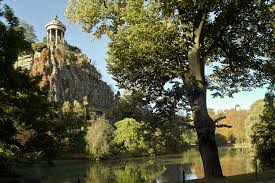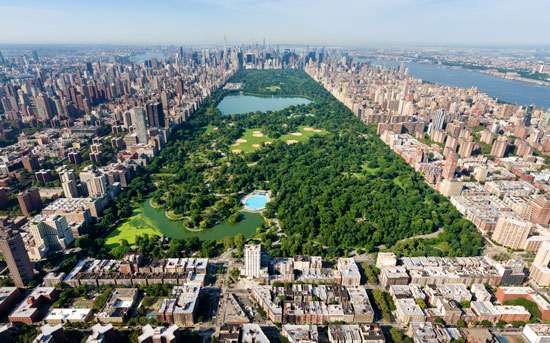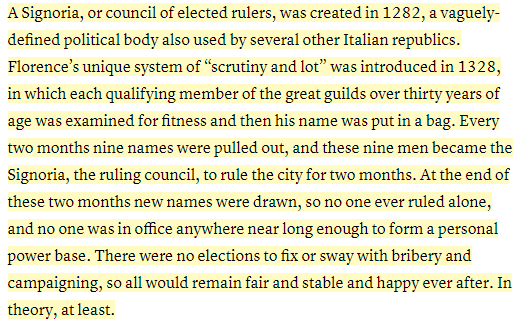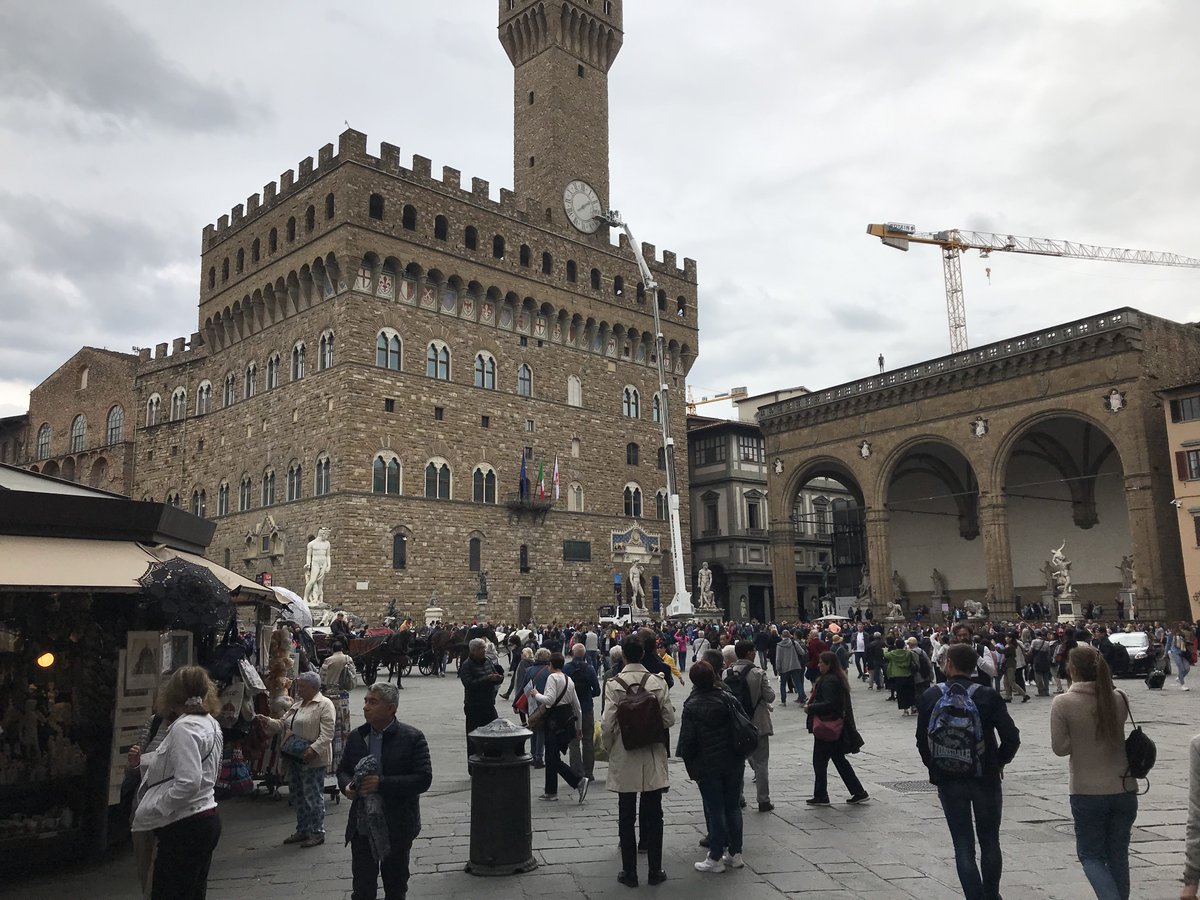
An excellent overview of urbanism & its formal elements by the MIT Emeritus Professor, Michael Dennis.
At the heart of a city, are foundational elements which when neglected, erodes the narrative experience of once magnificent spaces.
cc, @wrathofgnon
classicist.org/articles/the-l…
At the heart of a city, are foundational elements which when neglected, erodes the narrative experience of once magnificent spaces.
cc, @wrathofgnon
classicist.org/articles/the-l…
2/ Need to relearn:
1. Cites are about urban space and not objects
2. How to make urban architecture and urban landscape
3. Cities should be lived in and not commuted to from suburbs
1. Cites are about urban space and not objects
2. How to make urban architecture and urban landscape
3. Cities should be lived in and not commuted to from suburbs
3/ Traditional city (Rome)
> Compact, dense, walkable, and lowest per capita carbon footprint
> Composed of buildings, blocks, streets, squares, garden, parks, neighborhoods, and legible public space
> Compact, dense, walkable, and lowest per capita carbon footprint
> Composed of buildings, blocks, streets, squares, garden, parks, neighborhoods, and legible public space

4/ Modern city (Abu Dhabi)
> Sprawl, not walkable, high per capita carbon footprint
> Composed of free standing buildings, illegible open space, and vehicular circulation
> Sprawl, not walkable, high per capita carbon footprint
> Composed of free standing buildings, illegible open space, and vehicular circulation

5/ - How did this happen?
>1780s - From city of public of space to the rise of individual space
>Mid-19th century - Circulation and movement, streets widened, people ventured out of their neighborhoods
>1780s - From city of public of space to the rise of individual space
>Mid-19th century - Circulation and movement, streets widened, people ventured out of their neighborhoods
6/ Frederick Law Olmsted, American landscape architect
> Commuting in and out of cities, people should live in greenery
> "They're narcissistic, navel gazing, architectural toy making"

> Commuting in and out of cities, people should live in greenery
> "They're narcissistic, navel gazing, architectural toy making"


7/ Three conditions for a city to be urban
1. People must live in they city
2. Buildings must (almost) touch and align on streets
3. Neighborhoods must be multi-functional
1. People must live in they city
2. Buildings must (almost) touch and align on streets
3. Neighborhoods must be multi-functional
8/ Urban element: buildings
1. Free standing (e.g. NY Public Library)
2. Attached (e.g. Bath, England)
3. Composite (e.g. Palazzo Vecchio, Florence)


1. Free standing (e.g. NY Public Library)
2. Attached (e.g. Bath, England)
3. Composite (e.g. Palazzo Vecchio, Florence)



9/ Urban element: blocks
1. Long rectangular
2. Square or near square
3. Irregular (e.g. Rome - texture, nuance, and range (hard to design, since built over 100s of years))
1. Long rectangular
2. Square or near square
3. Irregular (e.g. Rome - texture, nuance, and range (hard to design, since built over 100s of years))

10/ Urban element: streets
1. Street (e.g. Venice)
2. Avenue - point to point (e.g. Champs-Elysées)
3. Boulevard - traffic street articulated by lateral zones
4. Drive - one-sided street
> Historically the primary means of incorporating architecture, civic space, & urbanism

1. Street (e.g. Venice)
2. Avenue - point to point (e.g. Champs-Elysées)
3. Boulevard - traffic street articulated by lateral zones
4. Drive - one-sided street
> Historically the primary means of incorporating architecture, civic space, & urbanism


11/ Urban element: squares
1. Unified square - closure (e.g. Piazza Annunziata)
2. Composite square - dominate building, cathedral in the middle (e.g. Piazza della Signoria)
> US doesn't have a tradition of great squares, disappeared w/ modernism - became city circles

1. Unified square - closure (e.g. Piazza Annunziata)
2. Composite square - dominate building, cathedral in the middle (e.g. Piazza della Signoria)
> US doesn't have a tradition of great squares, disappeared w/ modernism - became city circles


12/ Urban elements: fabric
> Artful combination of blocks & streets that hold together a space, emphasizing #gentledensity
Examples:
> Quartieri Spagnoli, Naples - vibrant & active neighborhood
> Back Bay, Boston
> The Cerdà Blocks, Barcelona


> Artful combination of blocks & streets that hold together a space, emphasizing #gentledensity
Examples:
> Quartieri Spagnoli, Naples - vibrant & active neighborhood
> Back Bay, Boston
> The Cerdà Blocks, Barcelona



13/ Urban element: neighborhoods
> Civic structure, clear center, consistent fabric, clear edge
Two great examples are Greek & Italian cities, such as Priene & Florence shown here:

> Civic structure, clear center, consistent fabric, clear edge
Two great examples are Greek & Italian cities, such as Priene & Florence shown here:


14/ Urban element: gardens
> Bounded, specimen landscape elements, mediating element between the city and open country side
> Serve to mediate the space between the city & landscape
Examples:
> Public Garden, Boston
> Boboli Gardens, Rome

> Bounded, specimen landscape elements, mediating element between the city and open country side
> Serve to mediate the space between the city & landscape
Examples:
> Public Garden, Boston
> Boboli Gardens, Rome


15/ Urban element: parks
> Informal, large, irregular shape, picturesque
> Less precise, less symbolically loaded, less designed
> Rolling landscapes with trees, and not in alaise
Examples of urban parks:
> Buttes-Chaumont, Paris
> Central Park, NY
> Prospect Park, NY

> Informal, large, irregular shape, picturesque
> Less precise, less symbolically loaded, less designed
> Rolling landscapes with trees, and not in alaise
Examples of urban parks:
> Buttes-Chaumont, Paris
> Central Park, NY
> Prospect Park, NY


16/ Final examples
> Bordeaux, Water Mirror
> Bordeaux, Tram - no fences - integrated into city
> Savannah, Georgia - 1 of the most historic cities in the US
> Hong Kong - signs & shops give the city its character - they define the people layer of the space, just like strees



> Bordeaux, Water Mirror
> Bordeaux, Tram - no fences - integrated into city
> Savannah, Georgia - 1 of the most historic cities in the US
> Hong Kong - signs & shops give the city its character - they define the people layer of the space, just like strees




17/ P.S ☝️
Would highly recommend that if you want to learn more about what elements make a city truly special, check out some of these fantastic tweets about "density" from @wrathofgnon ⤵️
twitter.com/search?q=densi…
Would highly recommend that if you want to learn more about what elements make a city truly special, check out some of these fantastic tweets about "density" from @wrathofgnon ⤵️
twitter.com/search?q=densi…
• • •
Missing some Tweet in this thread? You can try to
force a refresh









